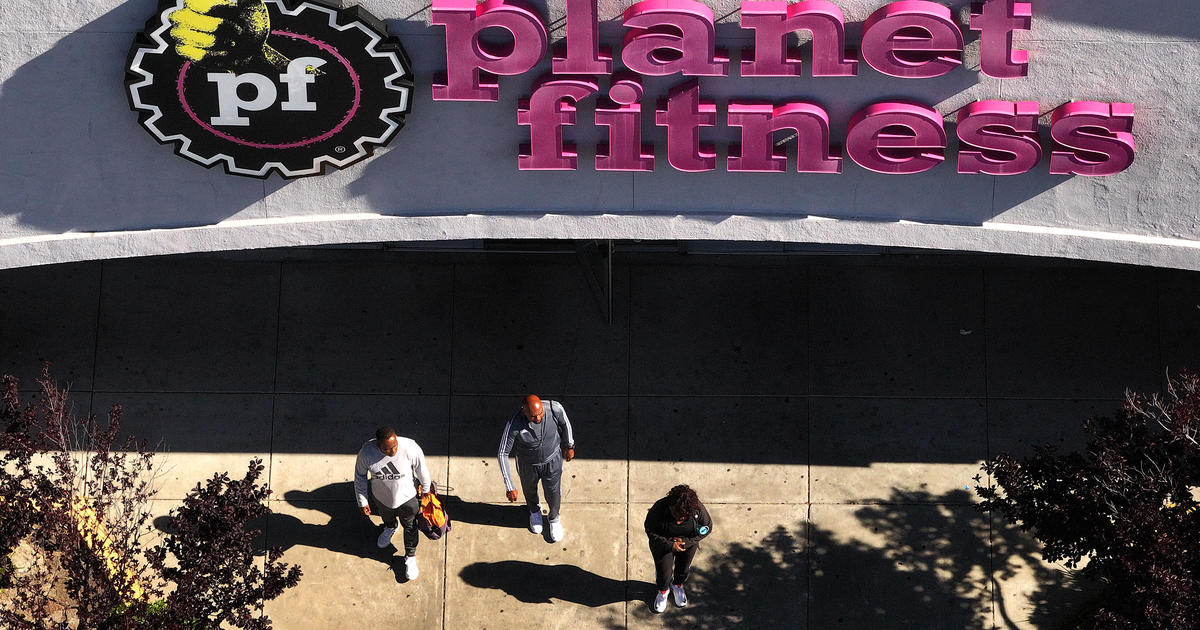For insurance companies, mega-storms offer mega-opportunity
While the mammoth storms slamming U.S. coastal cities in recent years have wreaked outsized economic losses on homeowners and businesses, one group could eventually benefit from the increasingly destructive weather: insurance companies looking to enter the lucrative flood insurance market.
For now, flood insurance for ordinary homeowners is handled by the federal government's National Flood Insurance Program (NFIP). But property-casualty insurers such as Allstate (ALL), Chubb (CB), Liberty Mutual and State Farm are undoubtedly eyeing the business as the demand for flood coverage swells.
Private insurers left the flood insurance market in the 1960s, forcing the government to take over this money-losing proposition. Insurers didn't want to handle the repeated losses from the massive hurricanes hitting Florida. But now they say that sophisticated computer modeling helps them more accurately assess likely damage and charge appropriately for the risk.
"We've seen reinsurers getting in, and FEMA [the Federal Emergency Management Administration, which monetarily assists flood victims] has purchased a billion dollars of reinsurance in the private market," said Tom Santos, who handles federal affairs for the American Insurance Association (AIA), which represents large national and international property-casualty insurers.
In the short-term, insurers must absorb part of the economic costs caused by tempests like Hurricane Harvey. If Hurricane Katrina was any indication, total damages for Harvey -- a so-called Category 4 storm when it made landfall on August 25 -- could easily exceed $50 billion, since the Houston population affected by the storm has roughly seven times the population of the New Orleans area savaged by that Category 3 storm. However, wind damage -- the only part that insurers are directly responsible for -- will probably be only $2 to $3 billion, according to estimates.
Private insurance companies, with a record surplus of $709 billion, can easily handle the wind and storm surge (wind-driven water) damage. In fact, natural disasters have been a boon for the industry, because they allow property-casualty insurers to raise rates in tandem without fear of cutthroat competition. So the expectation is that home and business insurance rates will rise for about a year, particularly in hard-hit Texas.
Now they are looking to share the risk of insuring flood-prone communities with the NFIP.
"There has to be a partnership," Santos said. "Neither the government nor private insurers will be prepared to absorb all of these losses all of the time in the future. There will be populations in the Gulf and other places that will be difficult for either side alone to insure."
NFIP policies cover losses only up to $250,000 for a home -- with an additional $100,000 for possessions -- so Gulf Coast and other coastal mansion owners with million-dollar homes already buy excess coverage from private insurers. Industries and businesses also buy coverage from private insurers.
Consumer advocates question whether private insurance companies will pilfer the best risk policyholders, leaving the worst risks for the NFIP. And that will be a challenge for insurance regulators.
One thing could help mitigate the circumstances. While the size and scope of the Houston disaster is in some ways unparalleled, there are flood risks all over the country – in every state, including California, which almost had a dam burst last year, Santos said. But they don't occur all at once. Insurers believe that spreading the risk around will make it affordable.
Aon says that about 25 million homes need flood insurance, but only about five million have it. In fact, a majority of the homes in the Houston area that were flooded were probably uninsured. They weren't even in what FEMA considered to be "flood zones."
"We've seen flooding in places that never flooded before," said Tim Adler, a certified public accountant who lives and owns property in downtown Houston. He was lucky. The water only reached 10 feet from his door.
Others weren't so lucky. Low-lying Houston has been overbuilding and its "drainage system hasn't kept up with development," said Chuck Watson, director of research and development at Enki Research. "What was a one-in-a-hundred storm 10 years ago may be one in 25 now."





